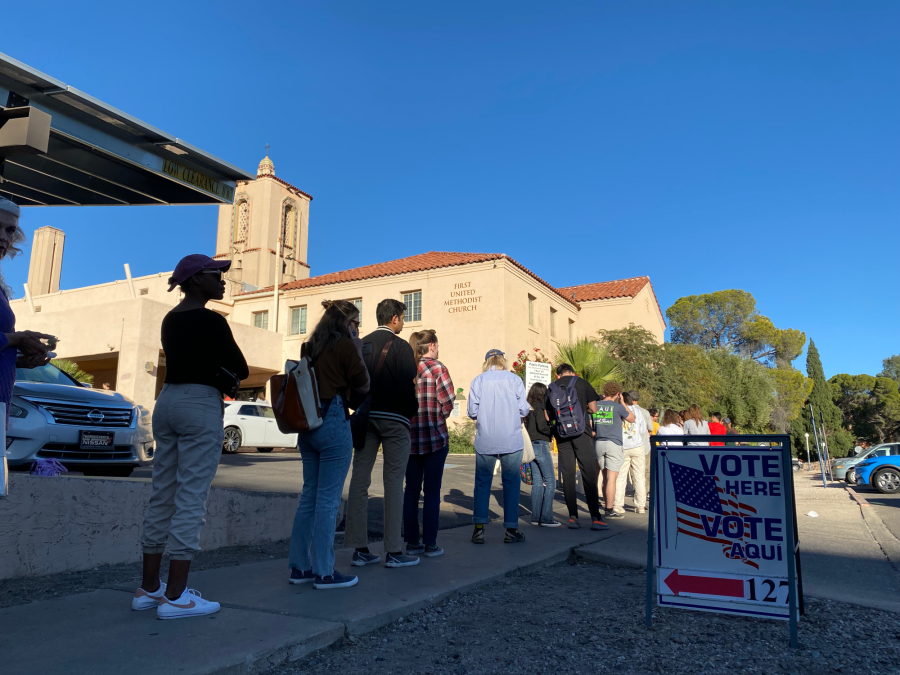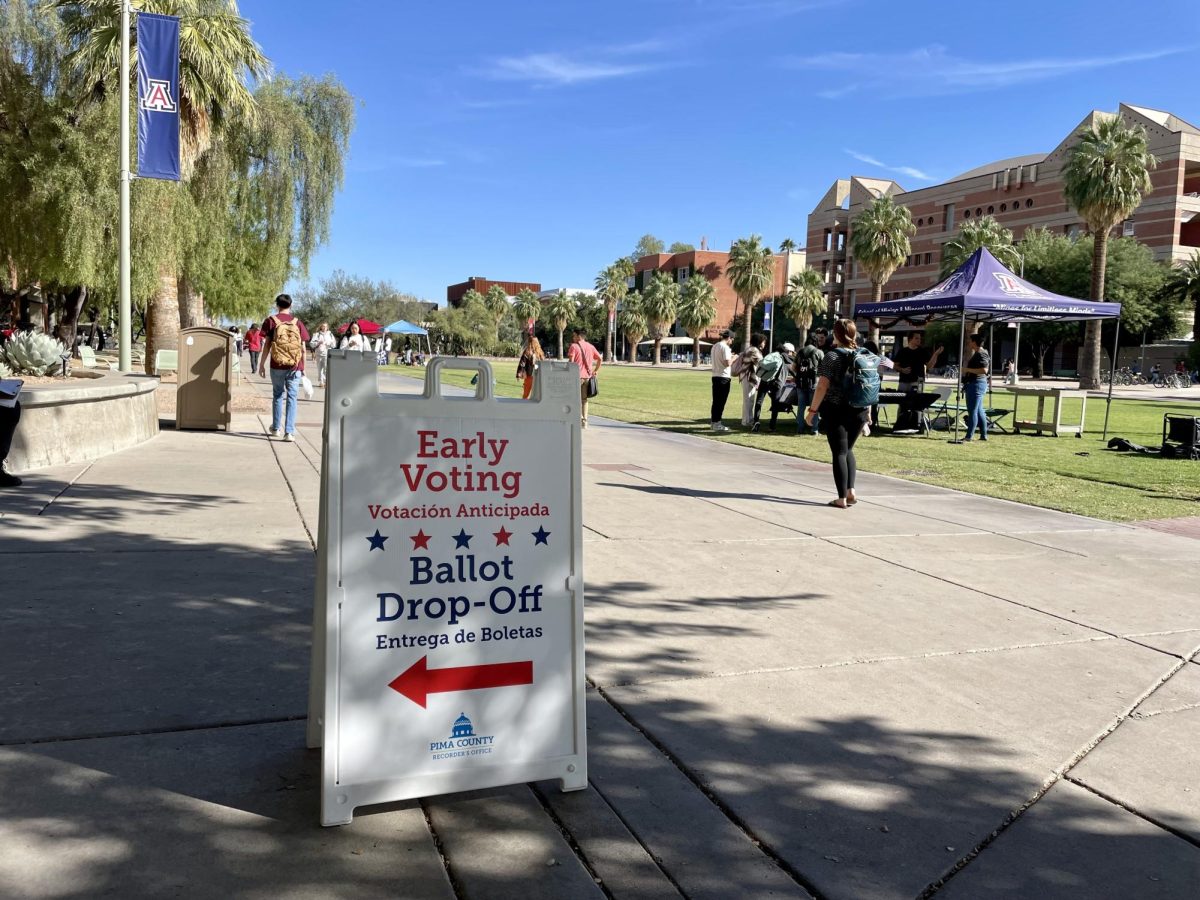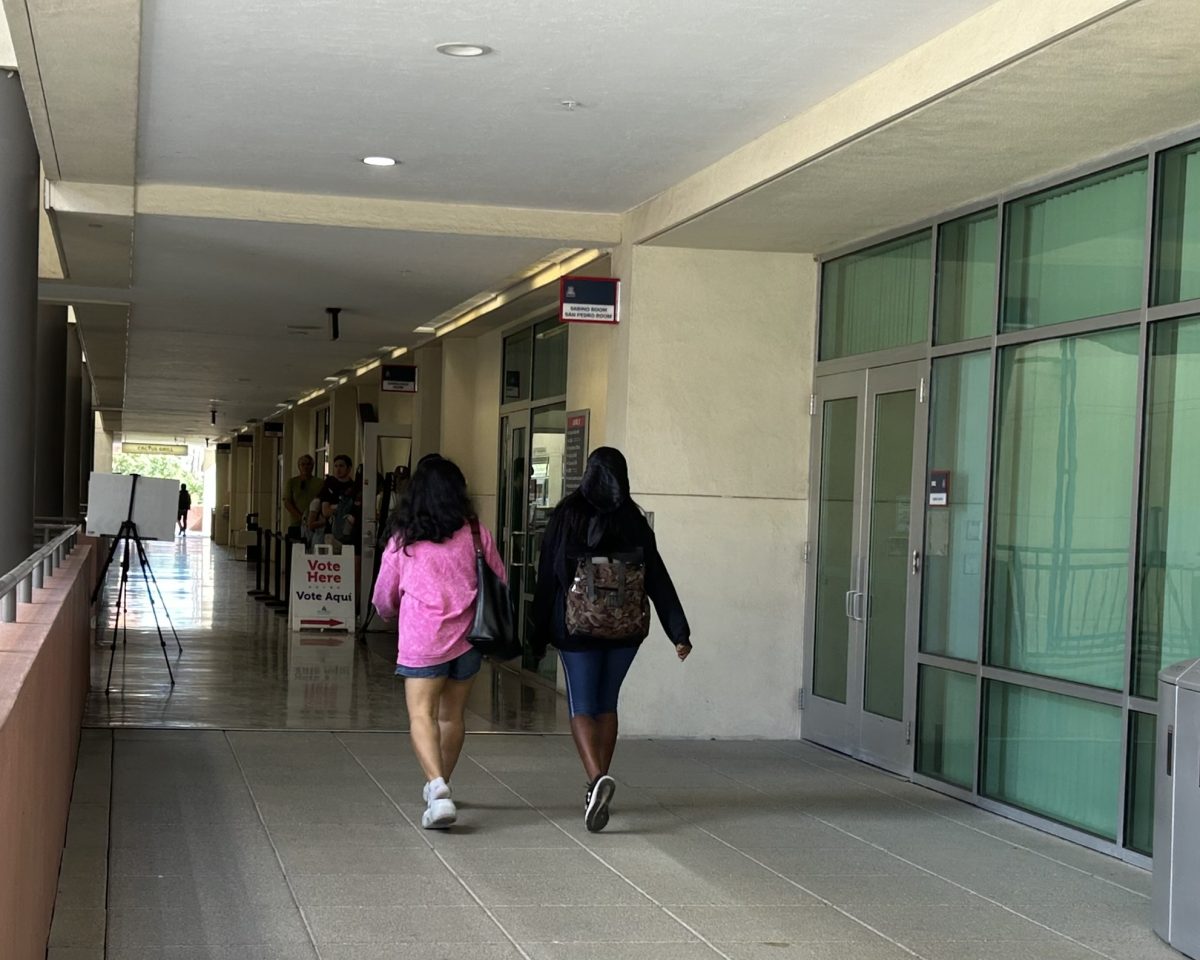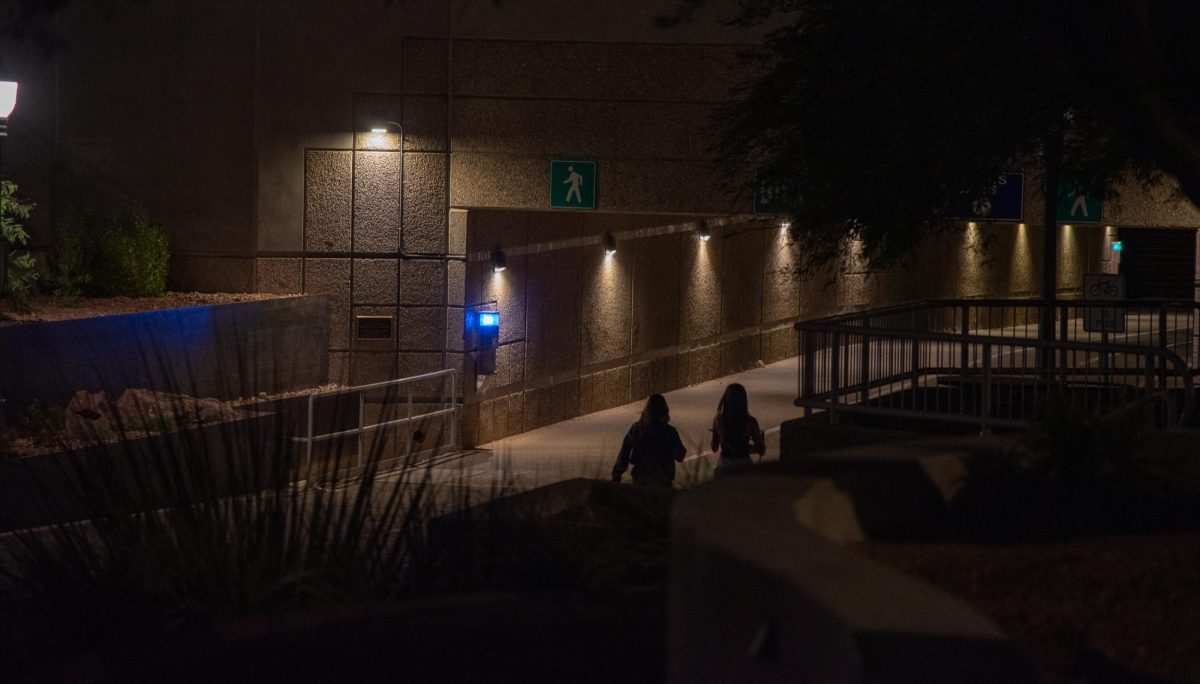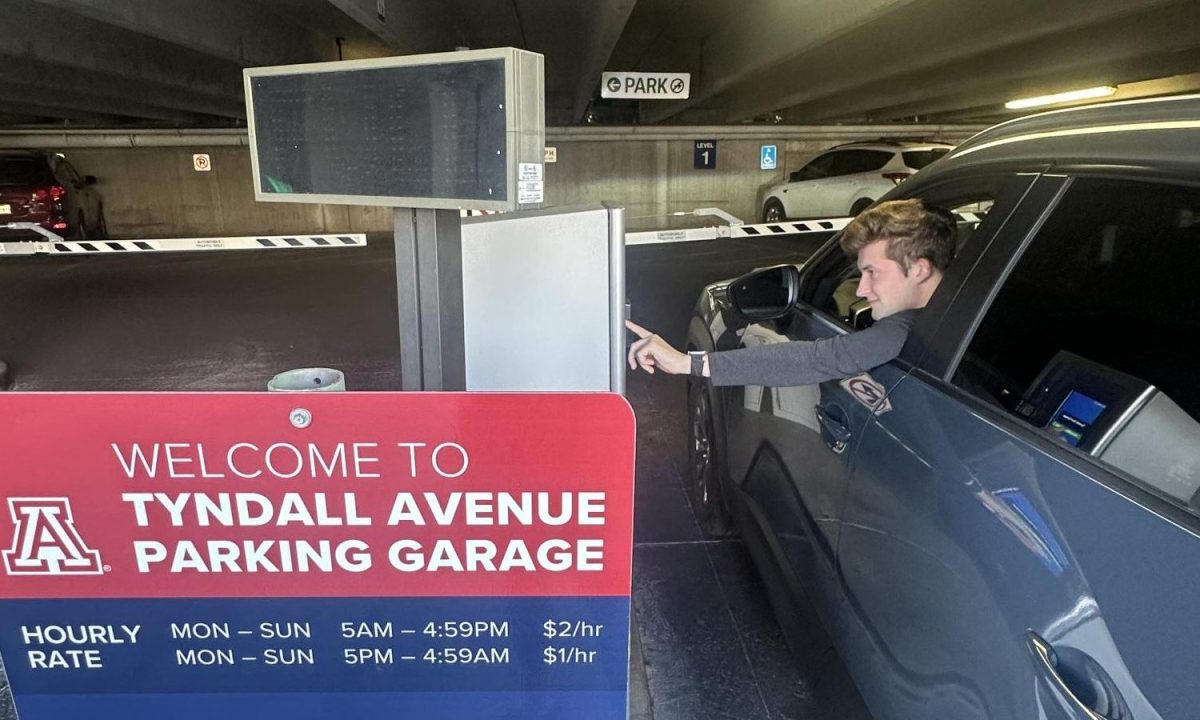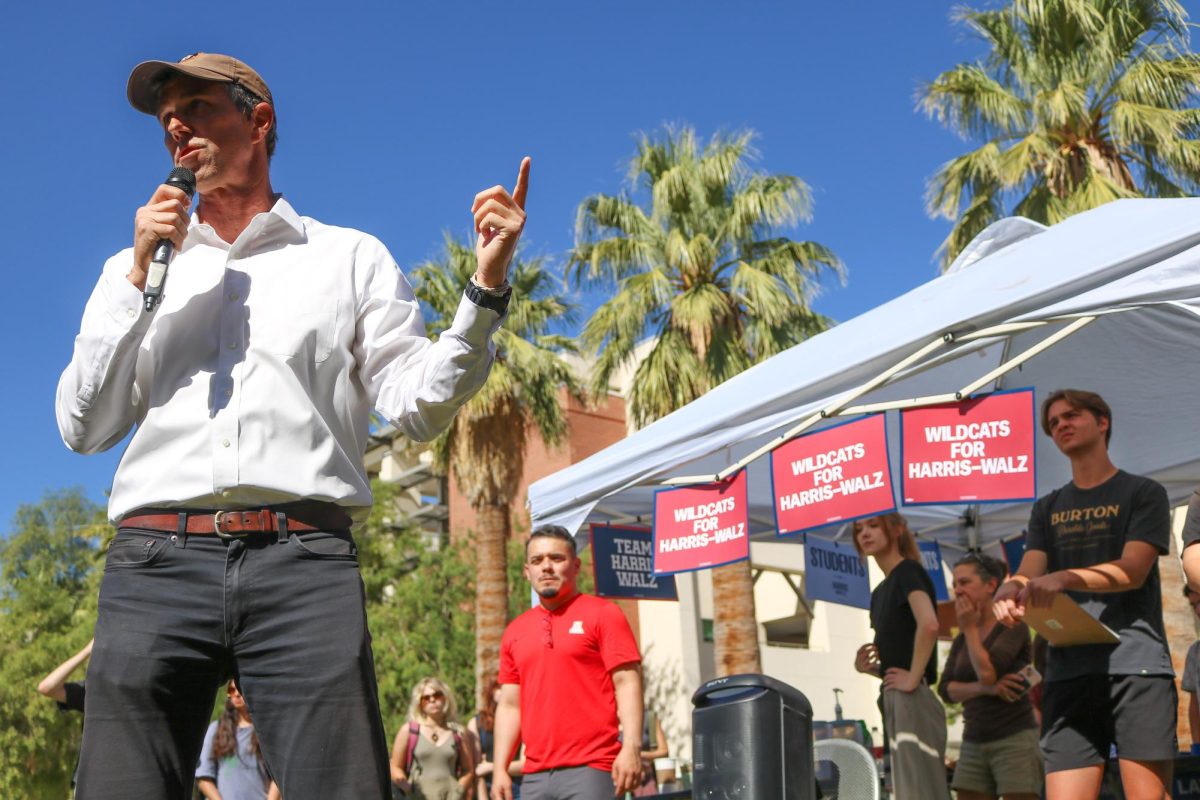*Editor’s Note: This was published on Nov. 9, at 8:50 a.m. This note will be updated and a separate story will be published once the final results are called.
Over 12 hours after ballot counting began, Arizona’s 2022 gubernatorial race between Democrat Katie Hobbs and Republican Kari Lake has not been officially called yet.
As of 9 a.m. Nov. 9, Hobbs is just barely leading with around 50.3% of votes compared to Lake’s 49.7%, according to NPR’s live election results webpage. At this time, the estimate for total Arizona votes counted is about 66%, according to the Associated Press.
Votes in favor of Hobbs hovered around 55% for much of election night, until around 2 a.m. when the number difference between the two candidates began to shrink. Since then, the race has been relatively close to 50/50.
Many news outlets predicted Arizona gubernatorial results were unlikely to come in before the end of Election Day, in part because of the rise of mail-in voting.
After the majority of the U.S. made voting in the 2020 presidential election more accessible due to the COVID-19 pandemic, the popularity of mailing in ballots skyrocketed, according to NPR.
While mail-in voting is convenient, these ballots typically take longer to sort through for a number of reasons such as checking the signatures, opening envelopes, sorting through mail-in ballots turned in on Election Day and more.
President Joe Biden was not announced the winner in 2020 until three days after Election Day.
Still, the results of Arizona’s race for governor will be heavily impacted by votes cast in person on Election Day.
The closest polling station to the University of Arizona campus was at the First United Methodist Church on University Boulevard and Tyndall Avenue. The church is about an 8 minute walk from the center of campus, which made it a popular spot for UA students to vote this midterm.
Some voters, such as UA graduate student Martina Portychova, said they prefer to vote in person, while others simply said they forgot to register for early voting.
The waiting time to vote at the church lasted around 45 minutes to over an hour for much of the day.
“I live nearby, so I figured that I’ll come here. I didn’t realize it was going to be so long,” Portychova said. “It’s great. I’m happy. I’m grateful for young people voting.”
Originally from Czech Republic, Portychova lived in Arizona for 12 years before moving to New York and back to Tucson for her doctorate in musical arts. She said she was happy to vote in a swing state, especially where reproductive rights are on the line.
“It’s scary,” Portychova said. “Hopefully a lot of young people will come and vote and save us like they did in the 2020 presidential election.”
Another voter waiting in line, UA pre-law student Max Haber, also said an issue he was most passionate about for this election was reproductive rights. For this, he would be disappointed if Lake won.
“I have a mother,” Haber said. “Everybody here wouldn’t be here without women. I want to make sure they can have those rights.”
As of 9 a.m. Nov. 9, the following candidates are also in the lead: Democrat Mark Kelly for U.S. Senator, Democrat Jevin Hodge for District 1, Republican Eli Crane for District 2, and Republican Juan Ciscomani for District 6. At this time, the races for District 1 and District 6 are also very close to 50/50.
Stay updated on the election and more campus news by following the Daily Wildcat on Instagram and Twitter, both @DailyWildcat.
Follow JT Thorpe on Twitter



